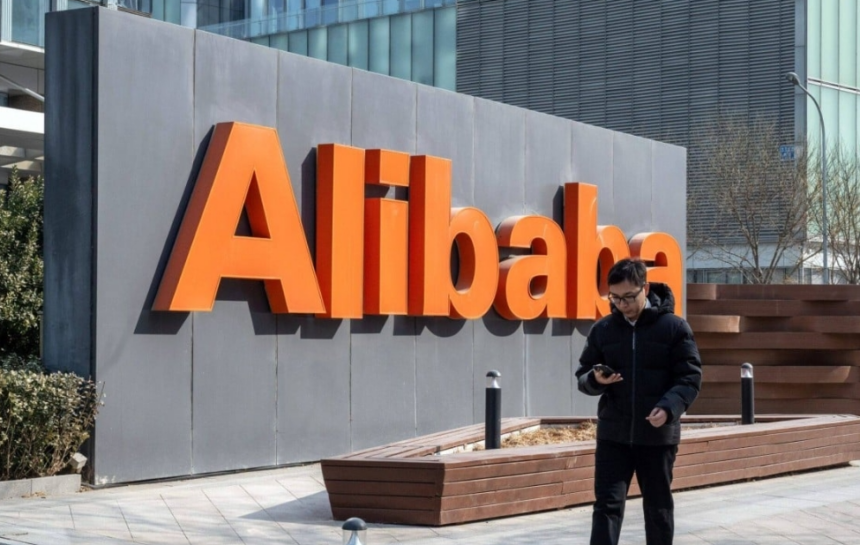Alibaba Group Holding is making significant strides in the field of artificial intelligence (AI) video generation with its latest project, Tora. This innovative video-generating tool, representing Tora video generation Alibaba AI innovation, is based on OpenAI’s Sora model and showcases the Chinese tech giant’s ongoing efforts to develop advanced video AI tools.
Tora is described in a paper by five Alibaba researchers, released last week on arXiv. The framework, part of Tora video generation Alibaba AI innovation, is built upon the Diffusion Transformer (DiT) architecture, which also underpins OpenSora, OpenAI’s text-to-video model launched in February. The researchers highlight that Tora is the first to achieve a “trajectory-oriented DiT framework for video generation,” ensuring that generated movements follow specified trajectories and accurately replicate physical dynamics.
Key Features and Capabilities
Firstly, Tora offers trajectory-based generation, allowing it to create videos where objects move according to designated trajectories. Additionally, the tool supports multimodal inputs, enabling it to generate videos guided by trajectories, images, text, or a combination of these elements.
High-Quality Video-Text Pairs
Tora adapts Open Sora’s workflow to transform raw videos into high-quality video-text pairs.
Optical Flow Estimator: The framework leverages an optical flow estimator for precise trajectory extraction.
Demonstrated Applications
The researchers presented a series of videos illustrating Tora’s capabilities, including scenes like a wooden sailing boat in a river and men cycling on a highway, where the movements follow specified trajectories. This demonstrates Tora’s potential in creating realistic and dynamic video content.
Context and Future Prospects
Alibaba’s development of Tora is part of a broader trend among Chinese tech companies to establish a strong presence in the AI video generation sector. Recent advancements in this field include:
Shengshu AI recently launched Vidu, a text-to-video tool that generates short clips. Meanwhile, Zhipu AI debuted the Ying video generation model, which creates video clips from text and image prompts. In February, Alibaba introduced Emote Portrait Alive (EMO), a model that animates still images with audio samples to produce expressive avatar videos.
Integration with Other Models
The paper does not specify whether Tora will integrate with Alibaba’s other AI models, like EMO or Tongyi Qianwen, which is Alibaba’s self-developed family of large language models. However, the potential synergy among these tools could further enhance Alibaba’s capabilities in AI-driven content creation.
Alibaba’s Tora represents a significant advancement in AI video generation, showcasing the company’s commitment to innovation in this rapidly evolving field. While the tool is still in development, its trajectory-oriented capabilities and potential applications signal a promising future for AI-generated video content.

